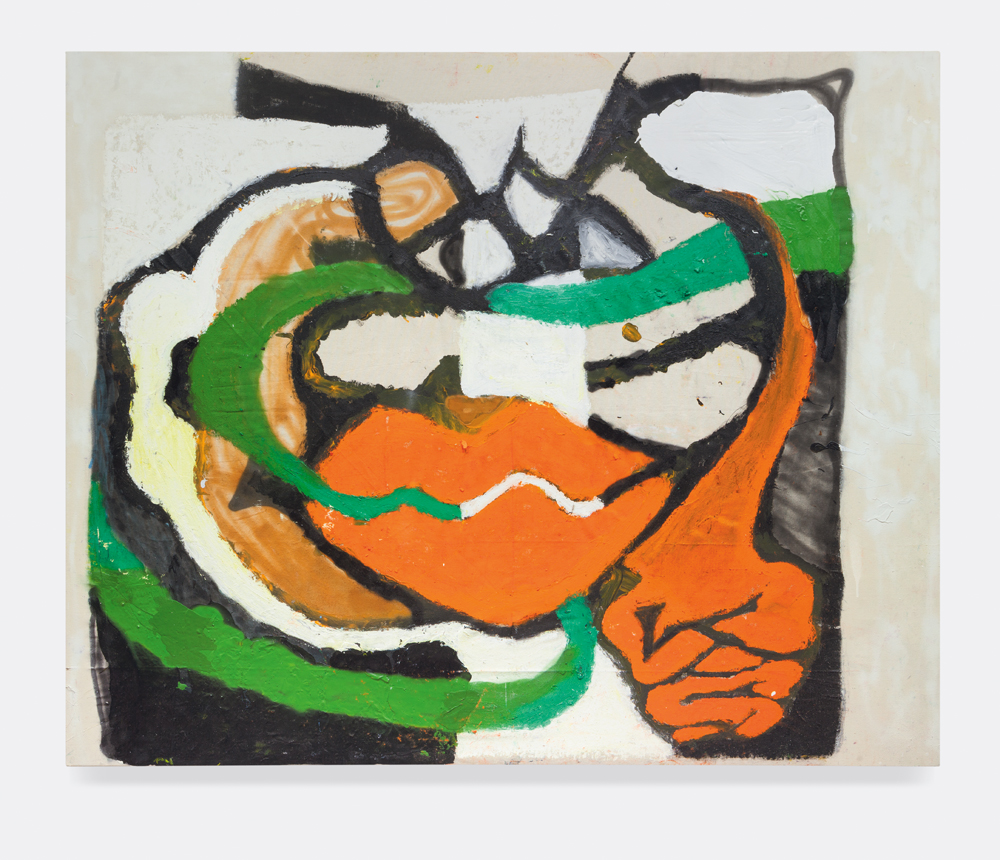Gerasimos Floratos
Even the most spectacularly located childhood home is bound to feel mundane. Thus, growing up above his father’s deli in Times Square was nothing special to Gerasimos Floratos. As a kid, he performed dance moves on the sidewalks around West 47th Street for extra money: “Kind of my own version of selling lemonade,” he says. Now 29, Floratos has come into his own as an artist who, having internalized the ebb and flow of his surroundings, homes in on the people, motifs, and dynamism of Times Square in his oil paintings. Years of working at the deli have anchored his experiences in the Midtown shadows, far from the flashy commercial kitsch of its lights. What emerges on his canvases is a haunting psychological atmosphere as figures slip in and out of focus amid bold, colorful brushstrokes.
This month, Floratos opens his first solo show in New York at White Columns. Though he’s been interested in drawing and painting for as long as he can remember, he only took one art class, literally: “My mom once tried to put me in this class when I was around 12,” he recalls. “I went to one, which was awesome. I learned a lot in my one class, and then I skipped the rest. I never told her.” Still, he spent his teens and early twenties engrossed in art. “Just on my own, through books and the internet. I wasn’t really surrounded by people who were doing what I was interested in.” He eventually found a studio space, through a regular customer, just a couple blocks away from the deli. A couple of years later, around 2013, he started to familiarize himself with the New York art world, attending openings and introducing himself. He struck up a friendship with painter Eddie Martinez, who connected him with White Columns’ director and chief curator, Matthew Higgs, last summer.
Many of Floratos’s paintings revolve around “characters” who became almost tropes to him at the deli. “You start thinking about some of the characters and they group in some ways in your head,” he says. There’s the “lurker” and the “advice-giver,” for instance. However, he admits, “It’s transitioned quickly from being about other people to being about myself through those people.” He might identify with his characters to various degrees, depending on his mood, but he sees himself primarily in the image of the rabbit that often emerges on his canvases. “It’s not that it’s most like me,” he says. “It’s dealing with thinking about myself as lucky.”







